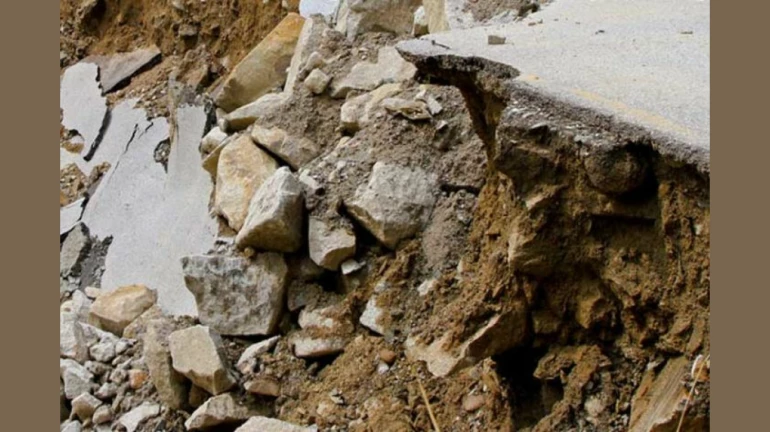
After analyzing several factors, including rainfall between 2006-2016, the Geological Survey of India (GSI) has identified six different areas of Mumbai that are “highly vulnerable” to landslides and slope failures which could result in loss of life. The areas include Bhandup, Vikhroli Parksite (Ghatkopar), Kurla, Mulund, Jogeshwari, and Chembur. The information was provided in a study titled “Identification of Vulnerable Inhabited Hill Slopes in Mumbai”.
The GSI came up with a vulnerability scorecard to ascertain the dangers to particular areas of Mumbai. The authorities identified 46 inhabited locations as “most vulnerable”. Out of these 46 locations, 20 were said to be highly vulnerable or very highly vulnerable, belonging to the six areas mentioned above.
“Change in land-use of the hill slope is the main reason for the escalation in calamities. Heavy continuous rainfall in such areas provides the necessary trigger and incorrect day-to-day practices of hill slope utilisation further accelerate disaster,” GSI’s study added.
Also Read: House Wall Collapses Due To Landslide In Thane; Two People Found Dead
The GSI reportedly took up this study at the request of the BMC (Brihanmumbai Municipal Corporation) and has thoroughly analyzed multiple factors before identifying crucial areas. Of the several reasons said to be responsible for the bad state of these locations, cutting of trees, poor drainage systems, encroaching properties are said to be some of the most important.
Akshay Mishra who is the Director (Landslide Studies) at the Geohazards Research and Management Centre division, GSI, said - “The preliminary assessment of locations was carried out based on parameters such as physical nature and thickness of slopes, inclination of back slope, the angle of rock-overburden interface, presence of slope instability signatures (such as ground cracks, subsidence, opening along joint planes etc), hydro-geological conditions such as local drainage, sewerage system etc which differ from site to site.”
The study also suggested some recommendations that the authorities could implement so as to avoid loss of life. Primary among these are better management of drainage systems as well as a buffer zone between settlements and hill slopes. Some have pointed fingers at the authorities for their lack of administrative will to counter these issues in the past.





